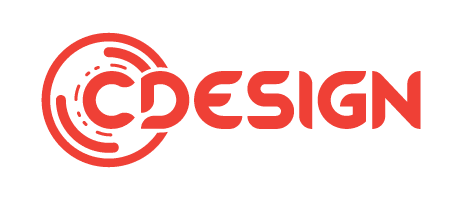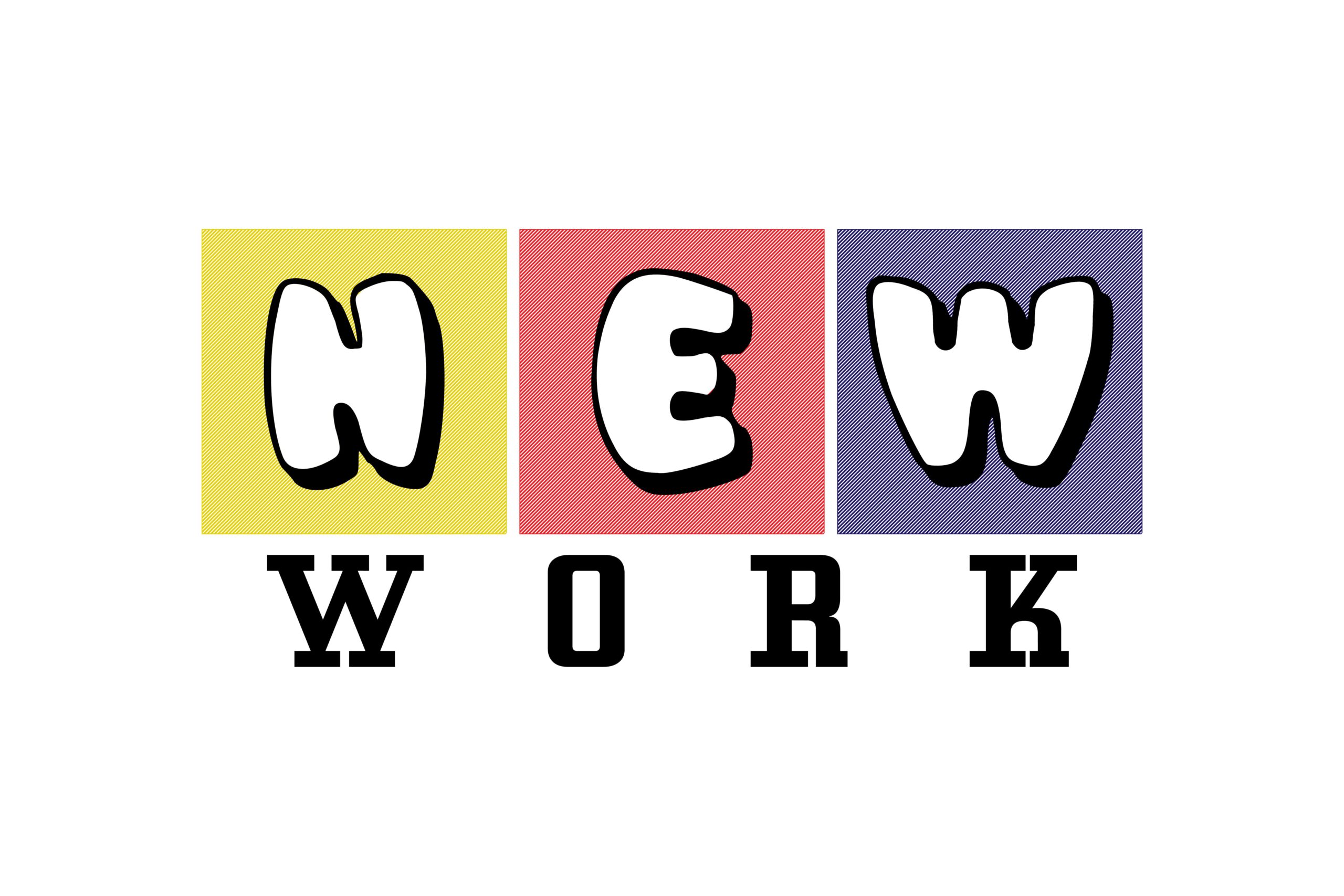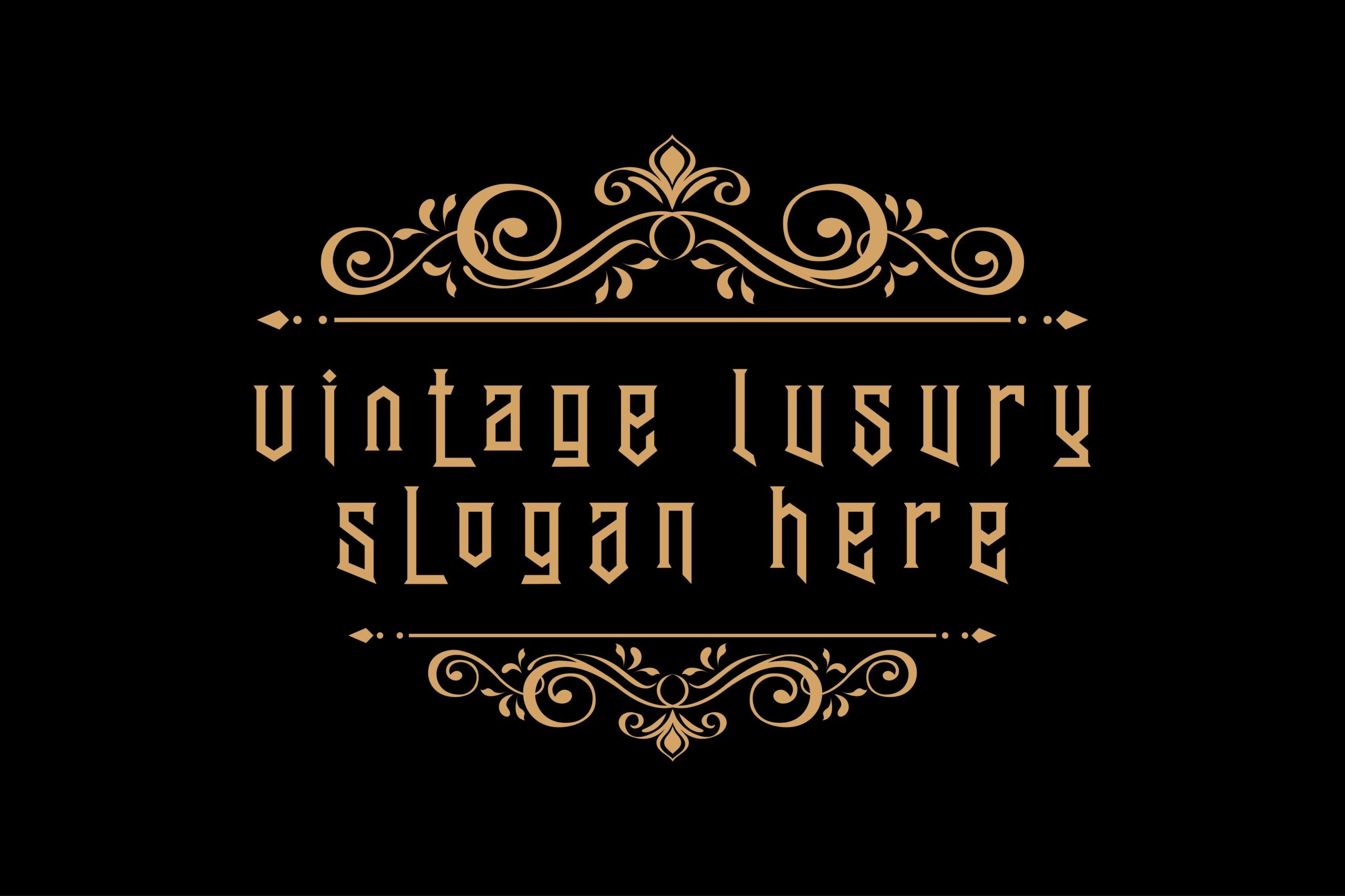There are four types of designs in the world for example…
- Business Design
- Enterprise Design
- Product Design
- Execution Design
Business Design
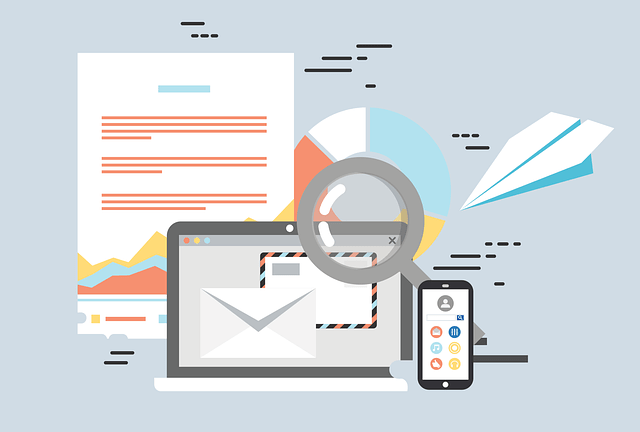
In today’s fast-paced and constantly changing business environment, it’s more important than ever to be able to adapt and evolve. Business Design is a method that helps organizations achieve this by providing a structured approach to innovation and problem-solving. It enables companies to develop new and creative solutions to business challenges and to position themselves for long-term success.
The goal of Business Design is to create value for customers and stakeholders, while also increasing competitiveness and profitability. It’s a multi-disciplinary approach that draws on design thinking, strategy, marketing, and technology to create solutions that meet customer needs, while also addressing business challenges.
Business Design: Innovating for Success
Business Design starts with an understanding of the customer. By conducting research, gathering customer feedback, and analyzing market trends, organizations can gain insight into the needs and desires of their target market. This information is then used to inform the design of new products, services, or business models that meet those needs in innovative and creative ways.
Once a solution has been identified, the next step is to prototype and test it. This allows companies to see what works and what doesn’t, and to make modifications as needed. This process of iteration and improvement is at the heart of Business Design and ensures that solutions are continually refined and optimized.
Once a solution has been developed, the next step is to bring it to market. This involves creating a launch plan, developing marketing materials, and building a distribution network. It’s important to remember that Business Design is not just about creating a solution, but also about ensuring its success in the market.
Business Design is not just a one-time project, but a continuous process of improvement. Organizations must continuously analyze their solutions, gather customer feedback, and make modifications as needed to stay ahead of the competition and maintain their position in the market.
In conclusion, Business Design is a crucial tool for organizations that want to stay competitive and relevant in today’s fast-paced business environment. By combining customer insights, creativity, and a structured approach to innovation, companies can develop new solutions that meet the needs of their target market and position themselves for long-term success.
Enterprise Design

In today’s rapidly changing business landscape, organizations must be able to respond quickly and effectively to new opportunities and challenges. Enterprise Design is a holistic approach that helps companies achieve this by aligning all aspects of the business to create a cohesive, customer-centered strategy.
Enterprise Design is based on the principle that all aspects of a business, from product design and development to marketing and sales, should be aligned and working together towards a common goal. This requires a deep understanding of the customer, the market, and the organization’s capabilities, as well as a clear vision for the future.
The first step in Enterprise Design is to conduct a comprehensive assessment of the organization. This involves gathering data and feedback from customers, employees, and other stakeholders, and analyzing market trends. This information is then used to develop a clear understanding of the organization’s strengths and weaknesses, and to identify areas for improvement.
Enterprise Design: A Holistic Approach to Business Transformation
Once the assessment is complete, the next step is to create a roadmap for transformation. This roadmap should outline the key objectives, the steps required to achieve those objectives, and the resources needed to support the transformation.
The next step is to design the solutions that will bring the roadmap to life. This involves developing new products and services, refining existing offerings, and aligning all aspects of the business to support the new strategy. This may involve changes to the organizational structure, the adoption of new technology, and the development of new processes and systems.
Once the solutions have been designed, the next step is to implement them. This requires a structured approach to change management, with clear communication, training, and support for employees and stakeholders. It’s also important to monitor progress and make adjustments as needed, to ensure that the transformation is on track and delivering results.
Finally, Enterprise Design is a continuous process of improvement. Organizations must continuously gather feedback and data, and make modifications as needed to stay ahead of the competition and remain relevant in the market.
In conclusion, Enterprise Design is a powerful tool for organizations that want to transform their business and stay ahead of the competition. By aligning all aspects of the business to a common goal, companies can create a cohesive, customer-centered strategy that drives growth and success in today’s rapidly changing business landscape.
Product Design

Product Design: Creating Value for Customers
Product Design is the process of creating and developing new products that meet the needs of customers. It involves a deep understanding of customer needs, the market, and the organization’s capabilities, as well as a focus on innovation and creativity.
The goal of Product Design is to create products that are not only functional and reliable but also delightful to use and able to differentiate themselves from the competition. To achieve this, Product Designers use a variety of tools and techniques, including user research, prototyping, and testing.
The first step in Product Design is to understand the customer. This involves conducting research to gather insights into customer needs, preferences, and behaviors. Product Designers use this information to inform the design of new products that meet those needs in innovative and creative ways.
Once a product idea has been developed, the next step is to create a prototype. This allows Product Designers to test the product and gather feedback from customers, which can then be used to refine the design and improve its functionality.
The next step is to bring the product to market. This involves developing a launch plan, creating marketing materials, and building a distribution network. Product Designers must also ensure that the product is manufactured to the highest quality standards and that it meets all relevant regulations and standards.
Product Design is a continuous process of improvement. Product Designers must continuously gather customer feedback and data, and make modifications as needed to ensure that the product remains relevant and competitive in the market.
In conclusion, Product Design is a crucial component of business success. By creating products that meet the needs of customers and deliver value, organizations can differentiate themselves from the competition and position themselves for long-term success. Product Designers play a critical role in this process, using their expertise and creativity to bring innovative and successful products to market.
Execution Design
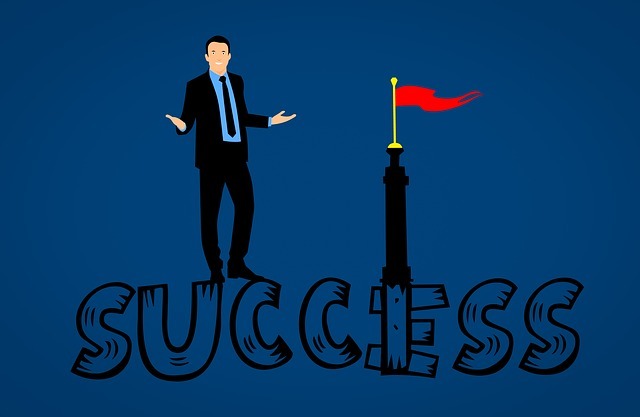
Execution Design is a framework for bringing business strategies and plans to life. It focuses on ensuring that all aspects of the organization are aligned and working together to achieve common goals.
The goal of Execution Design is to create a structure that enables organizations to execute their plans effectively and efficiently. This requires a clear understanding of the business strategy, a well-defined plan, and the resources needed to bring the plan to life.
Execution Design: A Framework for Achieving Business Goals
The first step in Execution Design is to align the organization around a common goal. This requires clear communication of the strategy, agreement on the plan, and buy-in from all stakeholders. It’s also important to ensure that everyone in the organization understands their role and responsibilities in executing the plan.
The next step is to create a structure that supports execution. This may involve changes to the organizational structure, the adoption of new technology, and the development of new processes and systems. It’s also important to allocate resources, such as budget and staffing, to support the plan.
Once the structure is in place, the next step is to implement the plan. This involves executing the strategy and delivering the desired results. It’s important to monitor progress and make adjustments as needed, to ensure that the plan is on track and delivering the desired results.
Execution Design is a continuous process of improvement. Organizations must continuously gather feedback and data, and make modifications as needed to ensure that the plan remains relevant and effective.
In conclusion, Execution Design is a crucial component of business success. By creating a structure that supports effective and efficient execution, organizations can bring their plans to life and achieve their goals. By focusing on alignment, structure, and continuous improvement, organizations can ensure that they are always moving in the right direction and delivering value to their customers and stakeholders.
